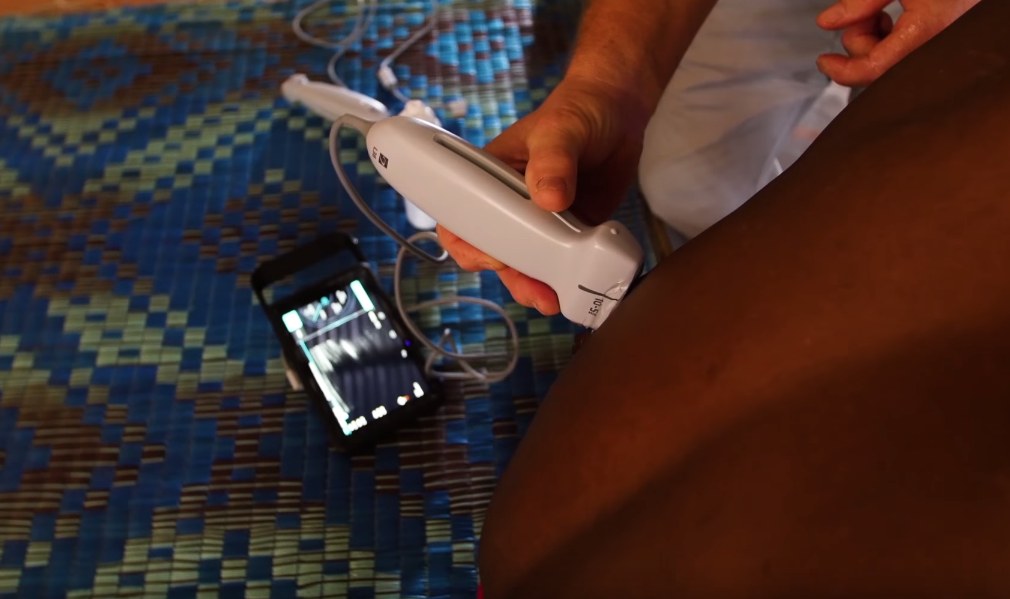Sonosite iViz on the Race Across America

The Race Across America is billed as the world’s toughest bicycle race; a non-stop, coast-to-coast, transcontinental trek from Oceanside, California to Annapolis, Maryland.

The Race Across America is billed as the world’s toughest bicycle race; a non-stop, coast-to-coast, transcontinental trek from Oceanside, California to Annapolis, Maryland.

Dr. Alfredo Tirado is from Florida Hospital in Orlando, and has been leading an emergency response mission in Puerto Rico to help with Hurricane Maria relief.

Dr. Thomas Sullivan recently returned from Quang Nam province in Vietnam, where he had volunteered at a series of clinics in late July, with the assistance of ASSORV through the Vietnam Health Clinic group of the University of Washington.

Audrey E. Stryker, MD, an Ob/Gyn and partner at Women's Ob-Gyn, P.C., has been traveling to underdeveloped countries with Sonosite ultrasound systems since 2004. As a part of the IWISH Foundation (International Women & Infant Sustainable Healthcare), she and her colleagues recently travelled to Haiti to help train the next generation of medical professionals.

Dr. Russell Engevik is an emergency room physician from California who volunteers with Lighthouse Medical Missions.
He recently sent a video showing us how he utilises a borrowed Sonosite iViz while working with patients in the hospital in the small fishing village of Tanji, The Gambia.

FUJIFILM Sonosite has donated two M-Turbo point-of-care ultrasound systems to the non-governmental sea rescue organisation Proactiva Open Arms, based in Badalona, Spain, to support efforts in rescuing refugees.

The Gaes Titan Desert by Garmin is a 6-day endurance bike race over mountain terrain; the 2017 edition takes place in Morocco. From April 30-May 5, the Titan Desert saw over 463 top-level mountain bikers cover 380 miles of unyielding desert in gruelling conditions.

Did you know that Sonosite’s first mission was to create an ultrasound machine that could be carried into battle? The concept was simple: Get treatment to a trauma victim by giving a frontline clinician an ultrasound machine that could be brought to the patient’s side. Now point-of-care ultrasound is used around the world for an ever growing variety of clinical applications and procedures.

Since point-of-care ultrasound systems were originally designed for dealing with emergencies in a battlefield setting, it's not surprising that ultrasound now plays a pivotal role in emergency vehicles around the world. Dr Ramón de Elías Hernandez, head of on-call doctors at SAMUR, Madrid’s municipal emergency service, describes the advantages that point-of-care ultrasound brings to his everyday life.
If you had to choose between inserting a PICC line (40-45 minutes) and inserting a PIV with ultrasound guidance (5-10 minutes), which would you choose to perform? What if your patient weighed less than 5 lbs? Or more than 500?